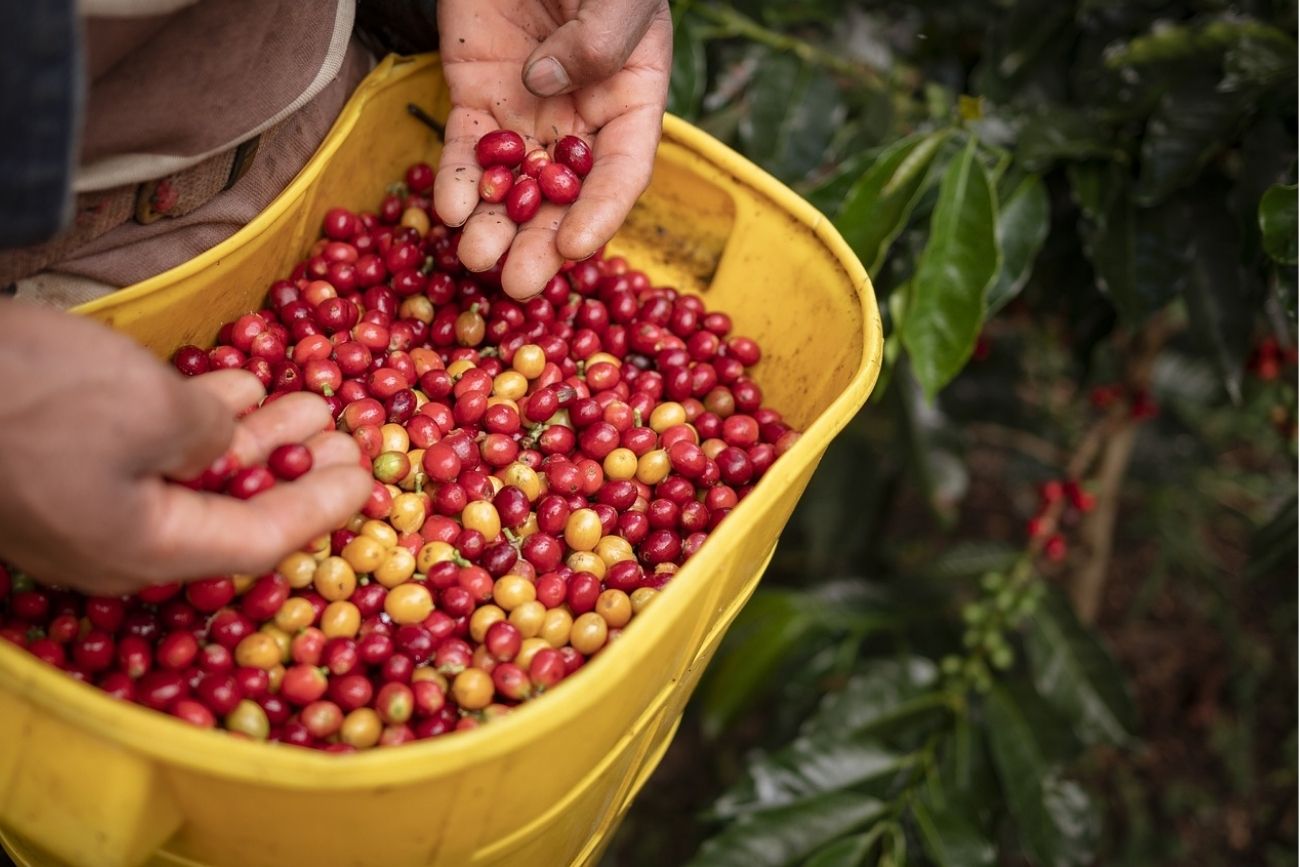
Diminutives in Colombian Spanish: A Friendly Guide
In Colombia, the use of diminutives is a unique language feature that reflects warmth, friendliness, and closeness between people. Words like “cafecito,” “ratito,” and “poquito” do more than indicate size or amount; they soften statements and add politeness to conversations. For Spanish learners aiming to understand Colombian interactions, knowing these nuances is essential.
This article explores how and when to use diminutives in Colombian Spanish, providing practical examples and explanations that help readers capture these cultural nuances in stories and dialogues.
1. What Are Diminutives and Why Are They Used?
In Spanish, diminutives are formed by adding suffixes like “-ito,” “-ita,” “-cito,” and “-cita” to words. Originally, they conveyed small size or quantity. Yet in Colombia, diminutives serve a larger role by adding affection and warmth to everyday expressions. Not only do these soften messages, but they also create a sense of familiarity and cordiality, which makes interactions friendlier.
Example:
- Standard: “Do you want a coffee?”
- With diminutive: “Do you want a cafecito?”
The second phrase sounds friendlier and more welcoming, suggesting a casual invitation.
2. Common Contexts for Using Diminutives in Colombian Spanish
Colombians use diminutives in various settings, both formal and informal. They’re especially common in relaxed social situations and family conversations. Here are some main contexts where diminutives frequently appear.
a) Invitations and Proposals
When inviting someone to do something, Colombians often use diminutives to make the proposal sound more relaxed and welcoming. This helps create closeness and is particularly useful in interactions with friends, family, and colleagues.
Examples:
- “Do you want to have a cafecito with me?”
- “Shall we meet for a ratito after work?”
b) Small Quantities or Brief Timeframes
A diminutive can indicate a small amount or brief moment, but in Colombian Spanish, it can also soften requests or comments by downplaying them.
Examples:
- “I just need a poquitico of sugar.”
- “Wait for me un momentico, I’ll be right there.”
c) Affectionate and Family Conversations
Diminutives express affection and familiarity in family or close friend contexts. Colombians use them to refer to people, animals, or things in a more endearing way.
Examples:
- “How’s my hijito?” (referring to a child with affection)
- “That perrito is adorable.”
3. Key Diminutives: “Cafecito,” “Momentico,” “Ratico”
Some diminutives are so common in Colombia that they’ve become linguistic trademarks. Frequently used in Colombian dialogues and narratives, these terms are essential for understanding the essence of the culture and language.
- Cafecito: Coffee is a key part of Colombian culture, and asking for a “cafecito” means more than just the drink. It suggests a shared social experience, where conversation flows in a relaxed setting.Example in dialogue:
“Shall we have a cafecito and chat?” - Momentico: This diminutive of “momento” is used to politely ask someone to wait. Adding it makes the wait seem brief, conveying a courteous attitude.Example in dialogue:
“Give me un momentico, I’ll be right with you.” - Ratico: Similar to “momentico,” this diminutive of “rato” refers to a short period. People use it informally to suggest a brief wait.Example in dialogue:
“I’ll be out for a ratico, I won’t take long.”
Ready to dive into the language and culture of Colombia?
4. Practical Examples of Diminutives in Everyday Situations
Practicing diminutives in daily conversations can add friendliness and warmth. Here are a few practical examples:
In the Workplace
- “Can you help me with this proyectico?”
Using the diminutive “proyectico” softens the request, making it sound more casual. - “Do you have un momentico to talk?”
This sounds less intrusive and more polite than directly asking for time.
Social Settings
- “I’m going to the store for a ratico.”
This implies that the person won’t be gone long, making the statement more relaxed. - “Would you like to try a pedacito of cake?”
Here, “pedacito” suggests generosity while sounding friendly and informal.
Family Contexts
- “Can I make you un huevito?”
In a family setting, this diminutive adds warmth, as if it were a small gesture of care. - “How’s the perrito?”
Referring to the family pet in an affectionate way.
5. The Cultural Significance of Diminutives: Warmth and Politeness in Colombian Spanish
For many foreigners, the use of diminutives in Colombia is puzzling, as they don’t always indicate something literally small or brief. In Colombian Spanish, diminutives reflect the culture of kindness and respect for others. Frequently, they soften messages, making them sound friendlier, even where diminutives might not be used in other Spanish-speaking countries.
For those learning Colombian Spanish through stories or dialogues, diminutives help capture how Colombians express themselves. They allow students to use the language naturally, adding a layer of authenticity and fluency to their interactions.
6. Tips for Using Diminutives Naturally in Colombian Spanish
For learners aiming to practice diminutives and enhance their understanding of Colombian Spanish, the following tips can be helpful:
- Listen to informal conversations: Watching Colombian TV shows or listening to podcasts can help familiarize you with the tone and use of diminutives.
- Read Colombian short stories: Through narratives and dialogues, readers can see how diminutives are used in different contexts.
- Practice with native speakers: Conversing with Colombians allows learners to identify when and how they use diminutives, making it easier to understand the appropriate tone for each situation.
Conclusion
The use of diminutives in Colombian Spanish reflects the warmth and friendliness that characterize the country’s culture. Words like “cafecito” and “momentico” not only enrich conversation but also create a closer connection with others. Through stories, conversations, and practice, you can master these expressions, making your Colombian Spanish feel more authentic.
Ready to dive into the language and culture of Colombia?






